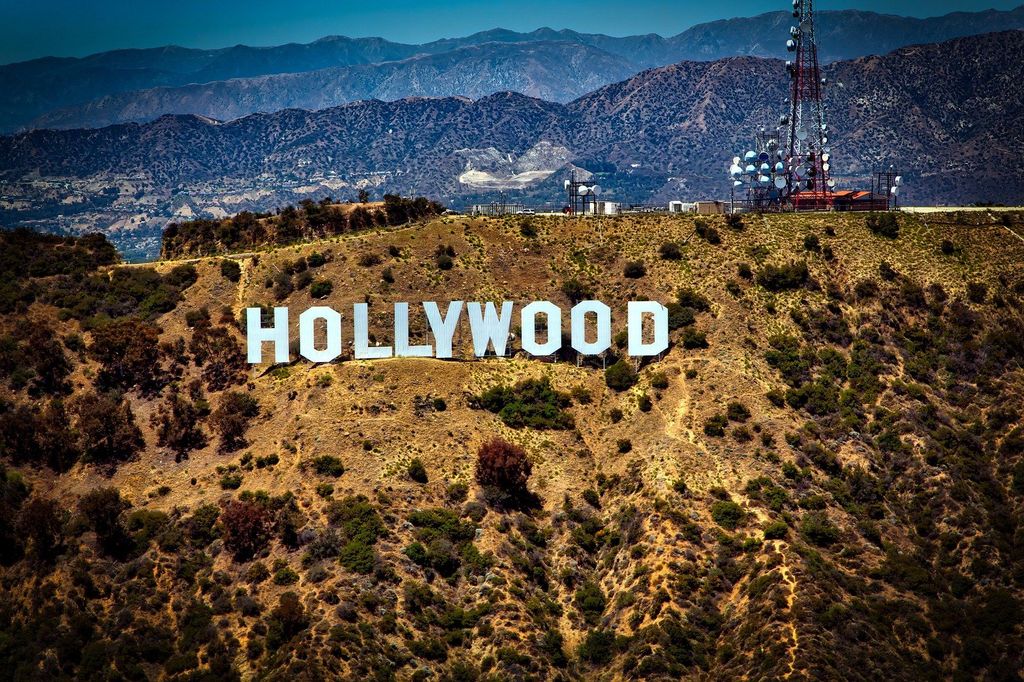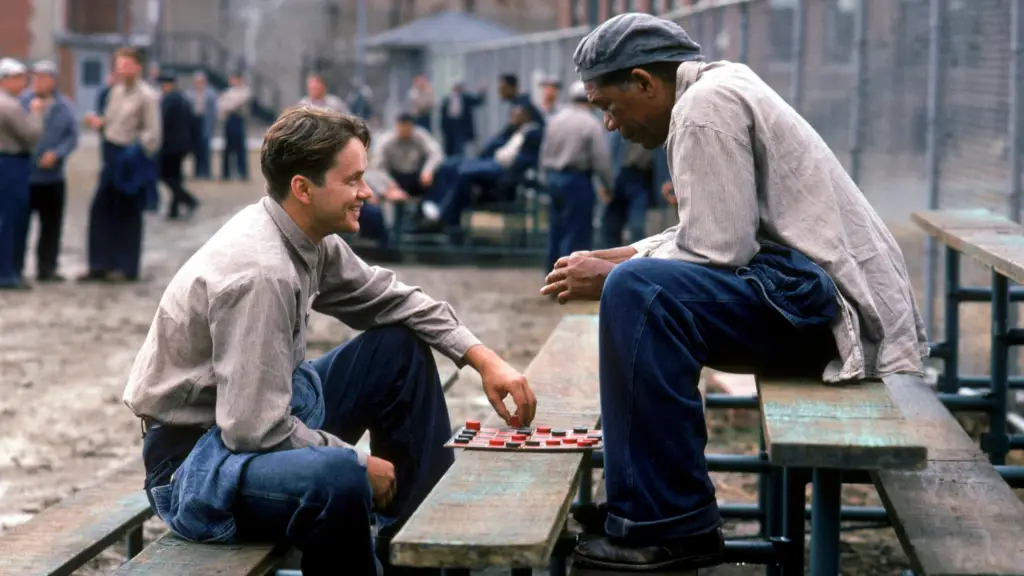Alright, movie buffs and awards season aficionados, let’s get real for a sec! The Academy Awards—or as we all affectionately call them, the Oscars—are the pinnacle of cinematic achievement, a night of glitz, glamour, and sometimes, a little bit of glorious chaos. We’re talking about the oldest worldwide entertainment awards ceremony, a tradition dating back to May 16, 1929. Imagine the pressure, the anticipation, the sheer monumental effort that goes into making sure this colossal event runs like a perfectly choreographed, diamond-studded machine.
But let’s face it, even the most polished events have their moments. You know, those tiny, fleeting instances where things *could* go sideways, or perhaps historically *did*, forcing the powers-that-be to step in and tighten up the rules. We’re not just talking about wardrobe malfunctions here! We’re diving deep into the fascinating, sometimes hilarious, sometimes incredibly serious, ways the Academy of Motion Picture Arts and Sciences (AMPAS) has worked tirelessly to keep the show on track, especially when it comes to those high-stakes acceptance speeches.
So, buckle up, because we’re taking a deep dive into 15 pivotal moments and strategic moves that highlight the Academy’s relentless pursuit of perfection. From the ingenious ways they’ve tackled the notoriously long-winded thank-yous to the behind-the-scenes drama that shaped the ceremony we know and love today, it’s a wild ride. Get ready to explore how the Oscars ensure that the big night is remembered for the triumphs, not the stumbles!

1. **The Rise of the 45-Second Rule: Taming the Marathon Thank-You**Ah, the acceptance speech! It’s supposed to be a moment of pure, unadulterated joy, right? A chance for winners to express gratitude, inspire millions, and maybe even squeeze in a political statement or two. But let’s be honest, we’ve all sat through those speeches that felt like they were auditioning for their own spin-off series. Enter the Academy in 2010, armed with a new weapon: the 45-second rule.
This wasn’t just a suggestion; it was a firm declaration that, according to organizer Bill Mechanic, was designed to “ensure the elimination of what he termed ‘the single most hated thing on the show’—overly long and embarrassing displays of emotion.” Talk about laying down the law! Suddenly, every winner faced a ticking clock, turning their moment of glory into a high-pressure exercise in brevity and emotional distillation. It’s a testament to the Academy’s commitment to viewer experience.
The rule instantly changed the game. No longer could winners meander through a laundry list of agents, publicists, and distant relatives. It forced them to be sharp, impactful, and memorable, all within the blink of an eye. The goal was clear: celebrate the win, express thanks, and make way for the next deserving recipient, keeping the show flowing seamlessly for millions watching worldwide. It’s a delicate balance, trying to preserve the magic while preventing the cringe.
Of course, adhering to the 45-second limit isn’t always easy. Imagine reaching the pinnacle of your career, your heart pounding, adrenaline coursing, and then seeing that timer light up. It’s a test of composure under the most intense spotlight. But ultimately, this rule was a proactive step to prevent those moments from becoming memorable for all the wrong reasons, ensuring the focus remained on the artistic achievement itself.

2. **Unpacking the ‘Why’: The Academy’s Stance on ‘Embarrassing Displays of Emotion’**The Academy didn’t just pull the 45-second rule out of thin air; it was a direct response to a real, perceived problem. Mechanic’s blunt assessment of “overly long and embarrassing displays of emotion” really hits home. It acknowledges that while passion is great, there’s a line where it can become, well, a little much for a live global broadcast.
Think about it: in the heat of the moment, overwhelmed by winning one of the most prestigious awards in the film industry, it’s easy to get carried away. Tears, rambling stories, forgotten names, or even just an inability to wrap things up gracefully can make for awkward viewing. The Academy, ever vigilant about its public image and the entertainment value of its show, recognized this pattern and decided to intervene.
This move wasn’t about stifling genuine emotion, but rather about channeling it effectively. It was about creating a framework where winners could still be authentic but also respectful of the broadcast’s rhythm and the audience’s patience. The goal was to elevate the overall experience, ensuring that every Oscar moment felt polished and professional, even amidst the raw emotion of a win. It’s a subtle but crucial difference, preserving the integrity of the moment while managing its delivery.
By addressing this specific pain point, the Academy showed its commitment to improving the telecast. It underlined the understanding that the Oscars are not just a private industry gathering but a massive entertainment spectacle. And in that context, managing “embarrassing displays” becomes a vital part of maintaining that spectacle’s luster and prestige, a lesson learned over decades of live television.

3. **Dedications Beyond the Podium: The Genius of On-Screen Tickers**Even with the 45-second rule in place, some winners still struggled to fit everyone they wanted to thank into their precious moments at the mic. Enter another ingenious solution: the on-screen ticker. Introduced in 2016, this visual aid was a game-changer, designed to further streamline speeches and ensure that no one’s heartfelt dedication was left unsaid.
Imagine the relief! Now, winners could focus on their core message, a powerful statement, or a moment of genuine awe, while a scrolling list of names of family, friends, mentors, and crew appeared at the bottom of the screen. It was a brilliant way to acknowledge the vast network of support behind every successful film and performance, without adding precious seconds to the main speech.
This innovation not only helped winners manage their time more effectively but also significantly improved the flow of the ceremony. It removed the internal pressure on winners to race through names, potentially omitting someone important in their haste. The ticker became a silent, efficient, and thoroughly modern way to handle the traditional thank-yous, contributing to a smoother, more engaging telecast.
It’s a perfect example of how the Academy continually adapts to enhance the viewer experience while respecting the immense significance of the winners’ moments. By taking dedications off the podium and onto the screen, they found a solution that was both practical and comprehensive, preventing many potential “oops” moments where an important name might have been forgotten in the live broadcast pressure cooker.

4. **The Jet Ski Incentive: A Host’s Humorous Solution to Speech Bloat**Sometimes, even the best rules need a little extra nudge, especially when delivered with a dose of humor. That’s exactly what host Jimmy Kimmel did during the 2018 ceremony, acknowledging the ongoing battle against lengthy speeches in the most unforgettable way possible. He announced that he would give a brand-new jet ski to whoever delivered the shortest speech of the night. Yes, you read that right – a jet ski!
This lighthearted, yet highly effective, incentive brought a new layer of fun and competition to the acceptance speeches. It was a clever way to remind winners of the time constraints without being overly stern. And the best part? Someone actually won it! Mark Bridges, accepting his Best Costume Design award for *Phantom Thread*, walked away with the grand prize, proving that sometimes a little playful encouragement goes a long way in keeping the show on schedule.
Kimmel’s jet ski gambit perfectly encapsulated the BuzzFeed tone – engaging, shareable, and a little bit quirky. It became one of the most talked-about moments of the night, highlighting the perennial issue of speech length in an entertaining manner. It showed the Academy’s willingness to embrace creative solutions, even if they involved aquatic vehicles, to achieve their goal of a streamlined show.
This moment, while humorous, underscored the continuous effort to manage the ceremony’s length and ensure that the audience remains captivated from start to finish. It demonstrated that the challenge of excessively long speeches is a persistent one, but one that the Academy, with the help of creative hosts, is always ready to tackle with innovative and memorable strategies.

5. **From Leaked News to Sealed Envelopes: The Academy’s Battle for Ceremony Surprise**Before the iconic phrase “and the Oscar goes to…” became synonymous with nail-biting suspense, the Academy had a bit of a learning curve when it came to keeping winners a secret. For the very first ceremony in 1929, winners were actually announced to the media three months in advance! Imagine watching an awards show where you already knew who won everything – talk about a ruined moment of surprise!
They tried to fix it for the second ceremony in 1930 and for the rest of the first decade by giving the results to newspapers for publication at 11:00 p.m. on the night of the awards. A better system, for sure, but still vulnerable. And indeed, in 1940, the *Los Angeles Times* famously jumped the gun, announcing the winners *before* the ceremony even began. Cue the collective gasps of Hollywood!
This embarrassing leak led to a monumental change in 1941: the Academy started using the now-legendary sealed envelope to reveal the names of the winners. This simple yet revolutionary decision transformed the Oscars into the suspense-filled spectacle we adore today, preserving the drama and the genuine surprise of each announcement. It was a critical pivot to prevent the entire purpose of the awards ceremony from being undermined.
The sealed envelope became a symbol of integrity and anticipation, ensuring that the magic of the moment was protected. It’s a prime example of how the Academy learned from past “ruined moments” – in this case, a literal spoiler – and implemented a robust system to maintain the excitement and prestige of their awards. We can thank that 1940 *LA Times* scoop for our annual thrill of discovery!
6. **When the World Stops: Major Events That Halted the Glamour**While the Oscars are a bubble of glitz and celebration, the real world sometimes intrudes in ways that even the most meticulously planned ceremony cannot ignore. There have been a couple of poignant instances where national tragedies forced the Academy to postpone the show, creating profound “ruined moments” for the scheduled event itself, but demonstrating a deeper respect for somber realities.
The 40th Academy Awards ceremony, originally slated for April 8, 1968, was postponed for two days following the assassination of Dr. Martin Luther King, Jr. It was a necessary pause, a moment for the nation to grieve and reflect, even as the entertainment industry’s biggest night awaited its turn. This decision underscored the Academy’s recognition of events of greater human significance.
Similarly, on March 30, 1981, the 53rd Academy Awards was postponed for one day after the attempted assassination of President Ronald Reagan and others in Washington, D.C. Again, the glamour of Hollywood took a back seat to a national moment of shock and concern. These postponements, while disrupting plans, were crucial in allowing the country to process significant events without the distraction of a celebratory broadcast.
These instances were not “ruined moments” caused by the Academy, but rather, unavoidable interruptions that the Academy handled with grace and solemnity. They remind us that even the most prestigious awards show operates within the context of global events, and sometimes, the most important thing is to simply hit pause and pay respects, putting the grand spectacle temporarily on hold.

7. **Campaigning Controversies: How the Academy Upholds Nomination Integrity**Behind the dazzling awards ceremony, there’s a highly competitive and often intense “Oscar season,” where film companies spend millions on marketing to awards voters. The Academy, however, is very particular about keeping this process dignified and fair, enforcing strict rules to limit overt campaigning and prevent any perceived impropriety. Violating these rules can lead to a very public and utterly “ruined moment” for those involved.
One memorable incident occurred in 2009. A producer of the Best Picture nominee *The Hurt Locker* was disqualified from the category after he contacted associates, urging them to vote for his film and *not* for another that was considered the front-runner. This was a direct breach of the Academy’s rules, which aim to prevent undue influence and maintain a level playing field for all nominees.
Despite the producer’s disqualification, *The Hurt Locker* eventually went on to win Best Picture, but the incident served as a stark reminder of the Academy’s zero-tolerance policy for rule violations. It demonstrated that they have an “awards czar” on staff who advises members on allowed practices and isn’t afraid to levy penalties on offenders, no matter how high profile they might be.
This rigorous enforcement is critical for maintaining the credibility and integrity of the awards. It ensures that an Oscar win is truly based on artistic merit, as assessed by the Academy’s voting membership, rather than aggressive lobbying. This “ruined moment” for the individual producer ultimately strengthened the trust in the Oscar selection process, preventing a larger “ruin” of the awards’ reputation.

8. **The Academy’s Ownership Rules: Protecting the Golden Knight’s Legacy**Winning an Oscar is incredible, but the Academy, protecting its iconic symbol, introduced a crucial rule in 1950. Every Oscar now carries a legally binding condition: recipients must first offer it back to the Academy for $1 if they wish to sell. If a winner declines, the Academy keeps the statuette. It’s a brilliant move to prevent commercialization and preserve the Golden Knight’s prestige.
This rule didn’t apply to pre-1950 Oscars, leading to controversial sales. Harold Russell, a 1946 Best Supporting Actor winner, consigned his Oscar in 1992 for $60,500 to cover his wife’s medical bills. He famously defended his decision, prioritizing his wife’s health over “sentimental reasons.”
Then there’s Orson Welles’s 1941 Oscar for *Citizen Kane*. His heirs won a 2004 court battle, arguing Welles never signed the agreement. It sold for $861,542 in 2011. Michael Todd’s grandson also tried selling Todd’s 1956 Best Picture Oscar in 1989, but the Academy secured an injunction. They clearly mean business!
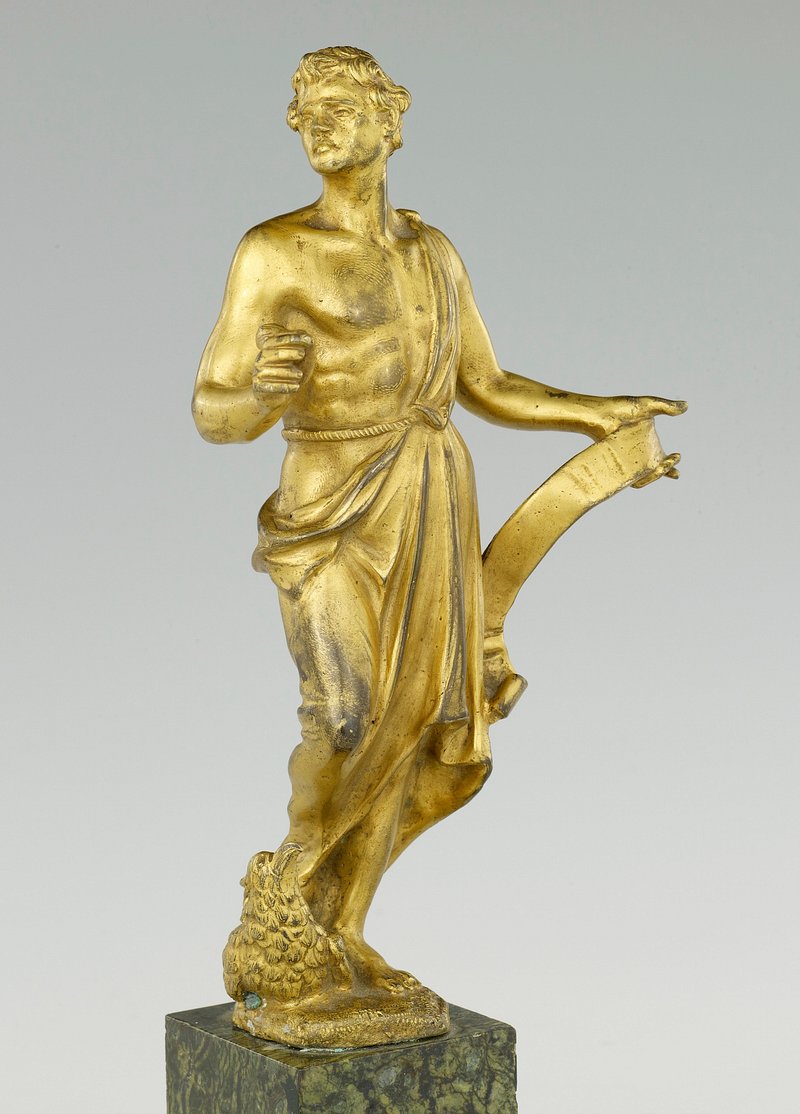
9. **The Statuette’s Journey: From Plaster to Gold-Plated Bronze**Ever wondered about the Oscar statuette itself? This iconic golden knight, the Academy Award of Merit, is impressive! Standing 13.5 inches tall, weighing 8.5 pounds, it’s true art. Designed by Cedric Gibbons and sculpted by George Stanley, our Art Deco knight holds a sword on a film reel, its five spokes symbolizing the Academy’s original branches.
The golden boy hasn’t always been made the same way. First statuettes in 1929 were gold-plated solid bronze. The Academy then switched to Britannia metal, an alloy, receiving layers of copper, nickel silver, and dazzling 24-karat gold. During WWII metal shortages, Oscars were *painted plaster* for three years! Recipients later swapped their plaster pals for proper metal ones.
The manufacturing process evolved. The original mold was cast in 1928. R.S. Owens & Company produced gold-plated tin alloy Oscars until 2015. In 2016, the Academy returned to bronze, partnering with Polich Tallix Fine Art Foundry. Modern Oscars are cast in liquid bronze from 3D-printed ceramic molds, polished, and electroplated with 24-karat gold. This takes three months for 50 statuettes. To keep winners a surprise, statuettes on the big night have blank baseplates, with names engraved at the Governor’s Ball.

10. **The Mystery of the Name: Unraveling the ‘Oscar’ Nickname Debate**We all know them as the Oscars, but where did that quirky nickname come from? It’s a Hollywood whodunit! Multiple people claim credit, making it a fascinating piece of Academy lore.
One popular story attributes the name to Margaret Herrick, the Academy’s librarian, who supposedly named it after her “Uncle Oscar” in 1931. A 1938 newspaper clipping provided the only real evidence. Cute, but definitive?
Then there’s Bette Davis, who claimed in her 1962 autobiography she named it in 1936 after her first husband, Harmon Oscar Nelson. Sassy! However, the term was already in use at least two years prior. By 1974, Davis herself conceded, “I relinquish once and for all any claim that I was the one.”
Columnist Sidney Skolsky also claimed the term, writing in his 1970 memoir he coined “Oscar” in 1934. The Academy credits Skolsky with “the first confirmed newspaper reference.” Yet, Skolsky’s own clipping implies prior usage! Later, researcher Waldemar Dalenogare Neto found an earlier public mention in a December 5, 1933, column. Finally, Bruce Davis, a former executive director, credits Eleanore Lilleberg, an Academy secretary. What a journey for a simple nickname!

11. **Eligibility Essentials: The Strict Rules That Make a Film Oscar-Worthy**Aspiring filmmakers, listen up! Getting your masterpiece Oscar-nominated isn’t just about making a great movie; it’s about playing by the Academy’s strict rules. These are eligibility essentials ensuring every contender meets rigorous standards for cinematic release and technical presentation.
First, timing is everything. Your film *must* open in Los Angeles County between January 1 and December 31 of the previous calendar year. It needs seven consecutive days of play, with at least three daily showings, and one in prime time (6 PM to 10 PM). *The Hurt Locker*, which won Best Picture in 2009, qualified because its LA run didn’t happen until mid-2009.
Technical specs are crucial. Rule 2 requires a film to be feature-length (at least 40 minutes for most awards), and exist on 35mm or 70mm film, or a high-resolution digital cinema format. Foreign films need English subtitles, and each country gets only one Best International Feature Film submission annually. Producers must submit an Official Screen Credits form on time, or the film is out. The theatrical requirement, eased during pandemic, was reinstated for the 95th Academy Awards.

12. **The Global Stage: The Evolution of International and Animated Feature Categories**The Oscars celebrate films globally, including incredible international and animated gems. These categories show how the Academy expanded its vision to embrace diverse storytelling. It’s about giving props to the best, no matter their origin or how they’re brought to life!
What we now call Best International Feature Film began as “Best Foreign Language Film,” a *special award* at the 20th Academy Awards. It became a competitive category at the 29th Academy Awards, opening the door for non-English language films to gain recognition on cinema’s biggest stage. What a journey!
And then there’s animation! It’s hard to imagine the Oscars without a dedicated category for animated features. The Academy introduced the Best Animated Feature award at the 74th Academy Awards in 2002. *Shrek* won that first golden prize! The impact is huge, spotlighting films that might otherwise fly under mainstream radars. *Parasite*’s Best Picture win in 2020 showcased this. The Academy’s flexibility, like allowing streaming films during the pandemic, ensures incredible films get their moment.

13. **Voter Dynamics: Who Decides the Winners, and How Diversity is Shaping the Future**Ever wondered who decides which movies, actors, and directors take home those golden statues? It’s the Academy of Motion Picture Arts and Sciences (AMPAS), a prestigious honorary organization with 9,905 voting members (as of 2024). These industry pros are divided into branches, each representing a film discipline.
The largest voting bloc? Actors, at 12.7% (1,258 members) in 2024. Votes are meticulously certified by PricewaterhouseCoopers since 1935. Adapting, the Academy launched an online voting system in 2013, phasing out paper ballots. Historically, membership faced criticism for lack of diversity, with a 2012 study finding 94% of active voters Caucasian, 77% male, and 54% over 60.
But the Academy is changing! In 2016, they launched a major initiative to expand membership and boost diversity, with voting membership growing significantly. A new 2025 rule requires members to *view all nominated films* within a category to vote in the final round, verified via the Academy’s streaming platform. This is a game-changer! Members generally vote within their own branches for nominations, but for Best Picture? *Everyone* gets to weigh in. It’s an evolving system ensuring the most deserving truly earn their golden moment.
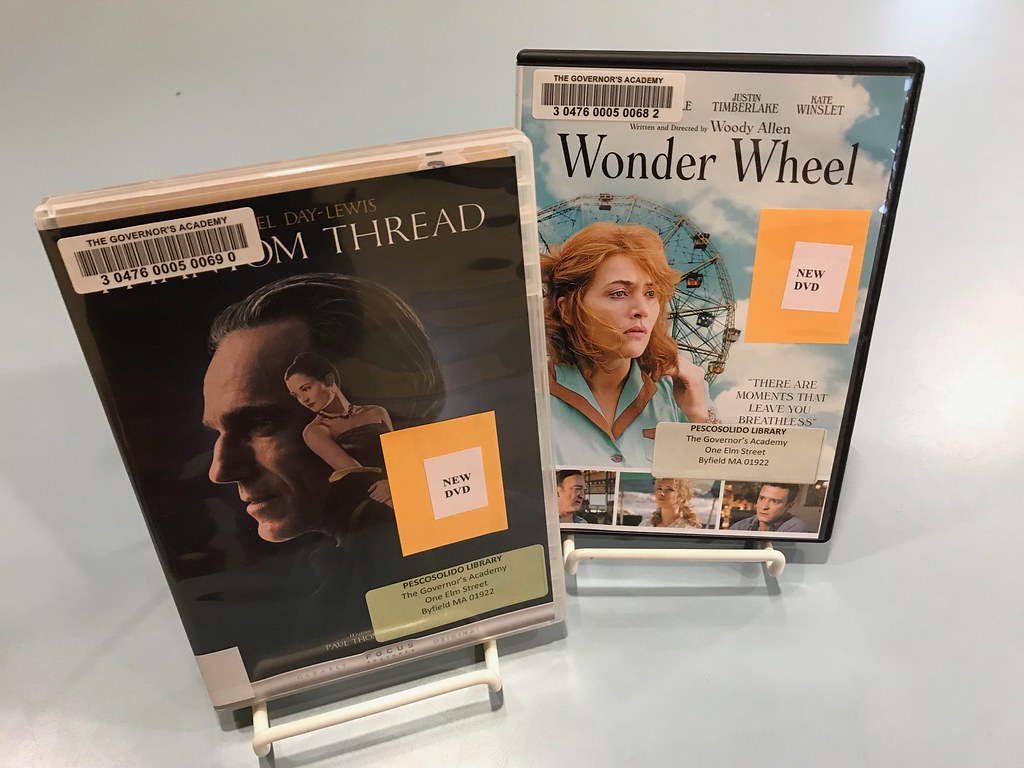
14. **The Screeners Shift: From DVDs to the Digital Screening Room Revolution**Remember those piles of DVDs during awards season? Those “screeners” were how Academy members watched nominated films to vote. The digital age has arrived! The Academy has revolutionized how its voting members get their movie fix with the Academy Screening Room, a secure streaming platform that’s been a total game-changer since its 2019 introduction for the 2020 Oscars.
This isn’t just Netflix for Hollywood elite! It’s a secure, members-only platform where voters watch all eligible films. To get a film on this exclusive platform, its North American distributor pays a $12,500 fee (including a watermarking fee) and submits a digital copy. The platform is locked down with forensic watermarking, preventing screenshots or screen recordings. It’s accessible via Apple TV and Roku, combining convenience with security.
Then came 2021, and for the 2022 Oscars, the Academy made a bold move: banning all physical screeners and in-person screenings. The Academy Screening Room became the *only* official viewing method for members. This was largely due to the COVID-19 pandemic, cementing the platform’s role. Distributors can even pay an extra fee to add video featurettes. It’s a brave new world for Oscar voters, making the process more streamlined, secure, and future-ready.
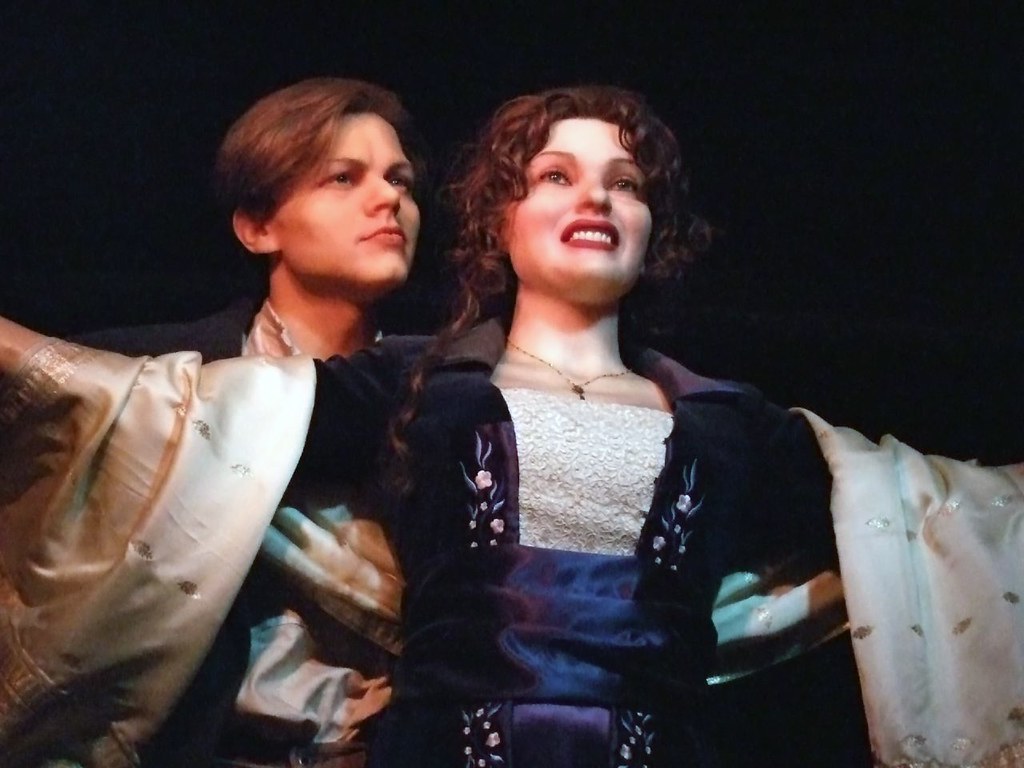
15. **The Ratings Rollercoaster: How Box Office Success Impacts Oscar Viewership**Let’s talk TV ratings! The Academy Awards are a massive live telecast, but viewership isn’t just about the host. There’s a clear link between how well nominated films do at the box office and how many eyes tune in. It’s a fascinating, sometimes brutal, reality of Hollywood.
Historically, if a box-office behemoth is favored for Best Picture, viewership soars! The 70th Academy Awards in 1998, with *Titanic* ($600.8 million domestically), drew 57.25 million viewers! Similarly, *The Lord of the Rings: The Return of the King* ($368 million pre-telecast) helped the 76th Academy Awards attract 43.56 million viewers. The most-watched ceremony ever was the 42nd Academy Awards for *Midnight Cowboy*, pulling in a whopping 43.4% household rating in 1970.
But if Best Picture nominees haven’t smashed box office records, ratings dive. The 78th Academy Awards, crowning indie darling *Crash* ($53.4 million pre-Oscar gross), saw its audience drop to 38.64 million. The 80th Academy Awards in 2008, celebrating *No Country for Old Men*, hit a record low of 31.76 million viewers. If the public hasn’t seen the movies, they’re less invested in who wins!
This trend continued recently. The 92nd Academy Awards in 2020 drew 23.6 million viewers. But then, the 93rd Academy Awards in 2021 saw a shocking dip to just 10.4 million – the lowest recorded by Nielsen since 1974. While the 94th and 95th editions bounced back to 16.6 and 18.7 million, they’re still below previous highs. It’s a constant balancing act for the Academy and ABC, highlighting the undeniable link between a film’s popularity and public interest.
Wow, what a journey through the dazzling world of the Academy Awards! From the very first intimate dinner in 1929 to the global spectacle we know today, the Oscars have always been about celebrating cinematic excellence, but it’s clear they’re also a masterclass in adaptation, protection, and evolution. The Academy isn’t just handing out trophies; they’re constantly fine-tuning the show, safeguarding its legacy, and ensuring that every golden moment feels both grand and genuine. So, the next time you’re tuned in, marveling at the glamour and maybe even giggling at an unexpected speech, remember all the intricate dance steps happening behind the scenes to keep this iconic show shining bright. Here’s to more unforgettable moments, managed with grace and maybe, just maybe, another jet ski!



